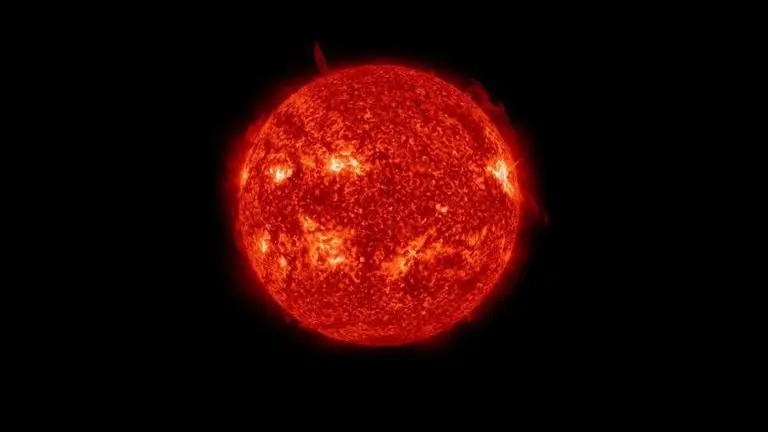Updated 11 July 2022 at 18:21 IST
China to launch new observatory to study solar flares and coronal ejections in October
China will launch the 888kg Advanced Space-Based Solar Observatory (ASO-S) in October to study the relationship between solar magnetic field & solar flares.
- Science News
- 2 min read

China has planned to launch a new space-based solar observatory to study the relationship between the solar magnetic field, solar flares and coronal mass ejections (CMEs). Targeted for launch this October, the observatory is currently under the naming process initiated by the Chinese Academy of Sciences (CAS). A report by CGTN revealed that the CAS is accepting names from all across the globe.
About the new Chinese solar observatory
The Advanced Space-Based Solar Observatory (ASO-S), which weighs around 888 kg, would be the first platform to have three payloads on board. CGTN revealed that these payloads are the Full-disk vector MagnetoGraph (FMG), the Lyman-α Solar Telescope (LST) and the Hard X-ray Imager (HXI). Planned for installment at an altitude of 720 km, the observatory would complete one orbit around the Earth every 90 minutes in a sun-synchronous orbit.
Notably, the ASO-S is a successor of the H-alpha Solar Explorer (CHASE) named "Xihe", which was launched in October 2021 to study the violent and sudden physical processes behind solar flares. As for the observatory's lifespan, it will be operational for four years, one more than the Xihe observatory named after the sun goddess in ancient Chinese mythology.
China's space ambitions
The China National Space Administration (CNSA) is moving toward a busy decade as it has plans to launch missions to the Moon, Venus and even Mars. In a recent CAS report, it was revealed that China might launch seven new missions to the said destinations out of the 13 proposed ones. However, these missions also include studying the dark matter as well as scrutinising asteroids.
Advertisement
"The future development of space science needs urgent top-level planning and advanced layout to clarify the overall goal and investment portfolio from 2025 to 2030," read the report published in the Chinese Journal of Space Science.
As for Mars, Beijing has plans to launch a mission wherein it would fetch samples of the red planet later this decade. Interestingly, the CNSA is eyeing to launch the mission in 2028 and bring the samples by 2031, two years earlier than its competitors NASA and the European Space Agency (ESA). Apart from this, China is also working on multiple Moon missions, including the development of a lunar space station with the Russian space agency, Roscosmos.
Advertisement
Published By : Harsh Vardhan
Published On: 11 July 2022 at 18:21 IST
